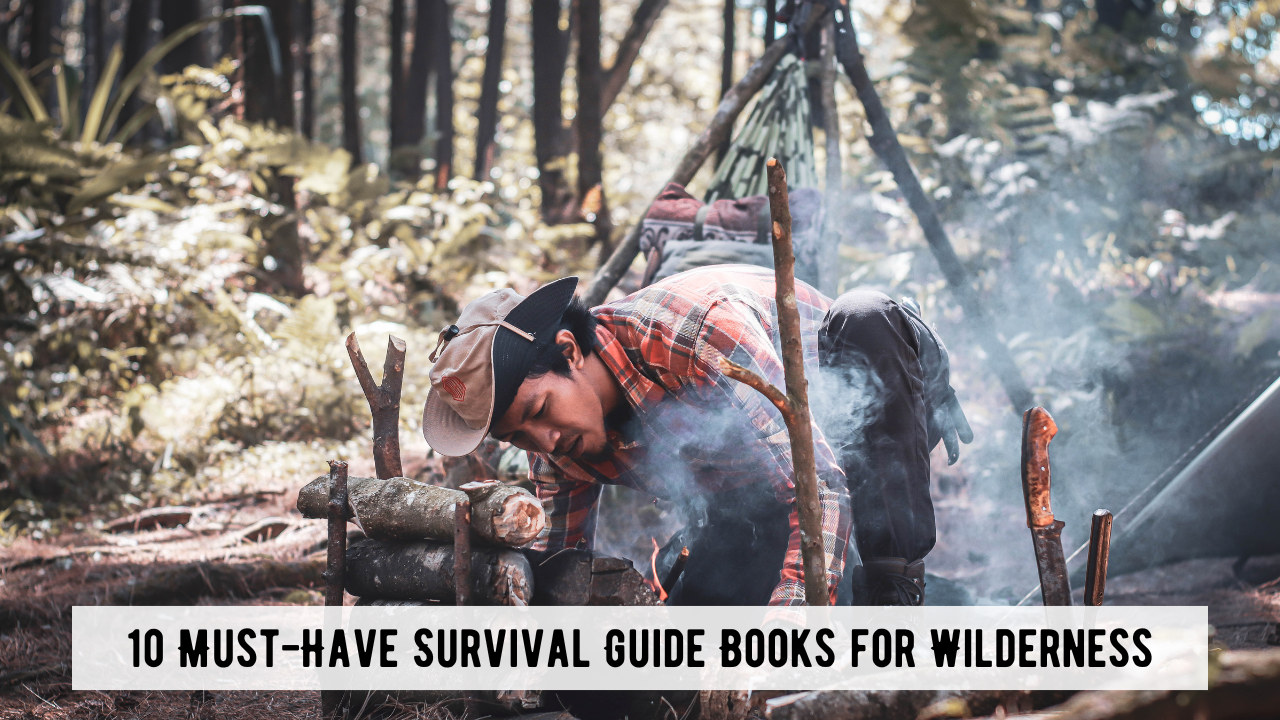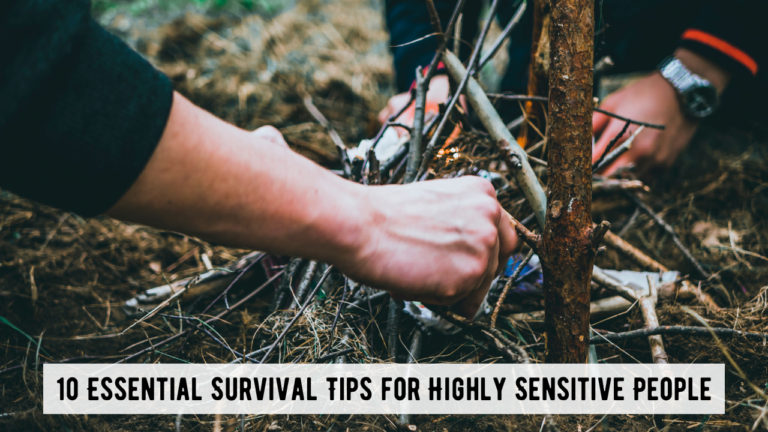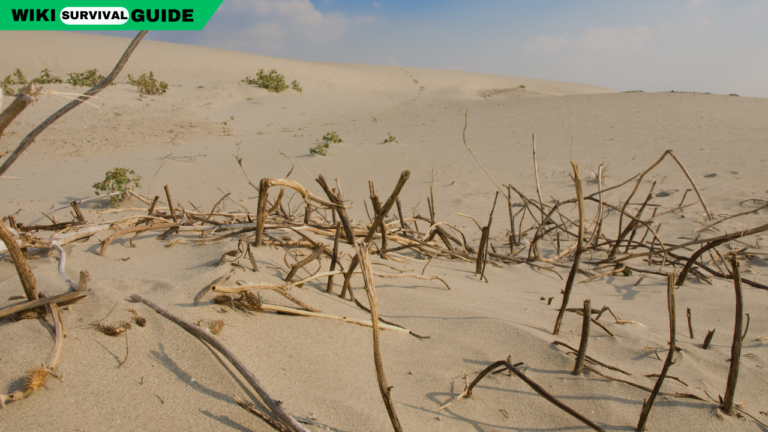Lost in the wild? Equip yourself with the 10 must-have survival guide books for wilderness from WikiSurvivalGuide.com. These expert-authored guides teach fire-making, shelter-building, foraging, and more, ensuring you’re prepared for any outdoor emergency in 2025.
Why Wilderness Survival Books Are Essential
Wilderness survival books provide critical skills for navigating, eating, and staying safe in remote areas. Unlike apps or videos, they’re reliable offline, offering step-by-step guidance during emergencies. From beginners to seasoned adventurers, these books are vital for mastering bushcraft and survival.
Benefits of These Guides
These books cover shelter, fire, water, food, and first aid, with clear diagrams and expert advice. They’re written by survivalists like Dave Canterbury and Tom Brown Jr., ensuring practical, field-tested techniques. Most are portable, affordable (~$10–$20), and double as home references. Check More Here:- Dog Cancer Survival Guide: Extend Your Pet’s Life
Types of Survival Books
Books range from comprehensive manuals (e.g., SAS Survival Handbook) to specialized guides (e.g., foraging, first aid). Some focus on bushcraft for long-term wilderness living, others on short-term survival. Non-fiction handbooks dominate, prioritizing real-world skills over narrative or fiction.
How to Use These Books
Read and practice skills (e.g., knot-tying, fire-starting) before trips. Pack a compact guide in your bag for reference. Use them to build survival kits, plan routes, or teach kids. Highlight key sections for quick access during emergencies.
Choosing the Right Book
Select books based on your environment (e.g., forest, desert) and skill level. Beginners need clear, illustrated guides; experts may prefer advanced bushcraft. Prioritize portable, durable formats (e.g., waterproof pocket guides) for fieldwork and reputable authors for accuracy.
Wilderness Survival Books Overview Table
| Book Title | Author(s) | Pages | Price (Approx.) | Best For |
|---|---|---|---|---|
| SAS Survival Handbook | John Wiseman | 672 | $13 | Comprehensive survival |
| Bushcraft 101 | Dave Canterbury | 256 | $10 | Beginner bushcraft |
| Tom Brown’s Field Guide | Tom Brown Jr. | 272 | $15 | Wilderness living |
| How to Stay Alive in the Woods | Bradford Angier | 320 | $10 | Classic survival skills |
| The Forager’s Harvest | Samuel Thayer | 368 | $18 | Edible plants |
| Bushcraft First Aid | Dave Canterbury, J. Hunt | 256 | $10 | Wilderness medical |
| Shelters, Shacks, and Shanties | D.C. Beard | 272 | $10 | Shelter-building |
| Deep Survival | Laurence Gonzales | 336 | $12 | Survival psychology |
| Pocket Guide to Outdoor Survival | Ron Cordes, S. Bradshaw | 128 | $10 | Compact emergency guide |
| U.S. Army Survival Manual | Dept. of Defense | 288 | $12 | Military survival tactics |
10 Must-Have Survival Guide Books for Wilderness

1. SAS Survival Handbook: The Ultimate Guide to Surviving Anywhere
Summary: John “Lofty” Wiseman’s handbook, based on SAS training, covers survival in all climates—forests, deserts, seas. Topics include preparation, navigation, fire, shelter, food, and first aid, with detailed illustrations.
Benefits: Comprehensive, portable (pocket edition available), and field-tested by military experts. Ideal for all skill levels.
How to Use: Study pre-trip; pack the GEM edition (4×5 inches) for reference. Practice skills like fire-starting (10–15 min weekly). Costs ~$13.
Tip: Highlight navigation sections for quick access.
2. Bushcraft 101: A Field Guide to the Art of Wilderness Survival
Summary: Dave Canterbury’s bestseller introduces the 5Cs of survivability (cutting, covering, combustion, containers, cordage). It teaches fire-making, shelter-building, and tool-crafting with clear visuals.
Benefits: Beginner-friendly, practical for short-term survival. Focuses on self-reliance with minimal gear. Costs ~$10.
How to Use: Read and practice knot-tying or fire-starting at home (1–2 hours). Keep in your pack for camp setup.
Tip: Pair with Canterbury’s Advanced Bushcraft for deeper skills.
3. Tom Brown’s Field Guide to Wilderness Survival
Summary: Tom Brown Jr., a renowned tracker, covers tracking, shelter-building, fire-making, and foraging. Black-and-white illustrations show traps, hides, and shelters for various terrains.
Benefits: Emphasizes long-term wilderness living; great for bushcraft enthusiasts. Costs ~$15.
How to Use: Practice tracking or shelter-building in local woods (2–3 hours). Use as a reference for edible plants.
Tip: Supplement with color plant guides for better foraging accuracy.
4. How to Stay Alive in the Woods: A Complete Guide to Food, Shelter, and Self-Preservation
Summary: Bradford Angier’s 1956 classic details firecraft, shelter, foraging, and navigation. Its rubber-clad hardcover is durable for fieldwork.
Benefits: Timeless, easy-to-read advice for beginners. Affordable at ~$10.
How to Use: Study shelter chapters; practice building a lean-to (1 hour). Keep in your car or pack for emergencies.
Tip: Focus on water purification sections for safe drinking.
5. The Forager’s Harvest: A Guide to Identifying, Harvesting, and Preparing Edible Wild Plants
Summary: Samuel Thayer’s guide focuses on foraging, with color photos and detailed descriptions of 32 edible plants. It includes harvesting and preparation tips.
Benefits: Essential for food sourcing; reduces reliance on packed supplies. Costs ~$18.
How to Use: Study local plants pre-trip; practice identifying 2–3 species (1 hour). Carry for field reference.
How to Start: Start with common plants like dandelions; avoid toxic lookalikes.
Tip: Cross-check with a regional plant guide for safety.
6. Bushcraft First Aid: A Field Guide to Wilderness Emergency Care
Summary: Dave Canterbury and Jason Hunt cover burns, bites, fractures, and strokes, with tips for improvised first aid in remote areas.
Benefits: Practical for medical emergencies; includes lightning and head injury protocols. Costs ~$10.
How to Use: Memorize CPR steps (30 min); pack for quick reference. Practice bandaging with household items.
Tip: Pair with a basic first aid kit for maximum preparedness.
7. Shelters, Shacks, and Shanties: The Classic Guide to Building Wilderness Shelters
Summary: D.C. Beard’s 1920 guide, updated for modern readers, details shelters from lean-tos to log cabins, with illustrations for diverse environments.
Benefits: Specialized focus on shelter; ideal for long-term survival. Costs ~$10.
How to Use: Practice building a debris shelter (2 hours); use as a reference for weatherproofing.
Tip: Test shelters in your backyard to master techniques.
8. Deep Survival: Who Lives, Who Dies, and Why
Summary: Laurence Gonzales blends survival stories with science to explore survival psychology. It analyzes decision-making under stress in wilderness and disaster scenarios.
Benefits: Builds mental resilience, critical for high-pressure situations. Costs ~$12.
How to Use: Read for mindset training (3–4 hours); apply stress management tips during hikes.
Tip: Use its risk-assessment strategies for trip planning.
9. Pocket Guide to Outdoor Survival
Summary: Ron Cordes and Stan Bradshaw’s waterproof, pocket-sized guide covers shelter, fire, water, and signaling. It’s dirt-proof and ideal for emergencies.
Benefits: Ultra-portable (4×6 inches), durable, and concise. Costs ~$10.
How to Use: Pack in your survival kit; review signaling techniques (15 min). Practice fire-starting from the guide.
Tip: Keep in a Ziploc bag for extra protection.
10. U.S. Army Survival Manual: FM 21-76
Summary: This military manual details survival in extreme conditions, covering navigation, evasion, fire, and food. It’s field-tested by the U.S. Army.
Benefits: Authoritative, practical for hostile or remote environments. Costs ~$12.
How to Use: Study navigation and trapping (1–2 hours); practice skills on camping trips.
Tip: Focus on evasion tactics for worst-case scenarios.
Skill Focus Table
| Book Title | Key Skills Covered | Format | Best Environment |
|---|---|---|---|
| SAS Survival Handbook | Navigation, fire, shelter, first aid | Illustrated manual | All terrains |
| Bushcraft 101 | Fire, shelter, tools, cordage | Visual guide | Forests, temperate |
| Tom Brown’s Field Guide | Tracking, foraging, shelters | Illustrated guide | Woodlands |
| How to Stay Alive in the Woods | Food, shelter, water, navigation | Text-heavy | General wilderness |
| The Forager’s Harvest | Foraging, plant identification | Color photos | Forests, meadows |
| Bushcraft First Aid | First aid, emergency care | Practical guide | All environments |
| Shelters, Shacks, and Shanties | Shelter-building, weatherproofing | Illustrated | Forests, open terrain |
| Deep Survival | Psychology, decision-making | Narrative | All survival scenarios |
| Pocket Guide to Outdoor Survival | Shelter, fire, signaling | Waterproof pocket | Emergency situations |
| U.S. Army Survival Manual | Evasion, navigation, trapping | Military manual | Extreme conditions |
Tips for Using Wilderness Survival Books
- Practice Regularly: Dedicate 1–2 hours weekly to skills like fire-starting or knot-tying.
- Pack Smart: Choose compact guides (e.g., Pocket Guide) for hikes; keep larger ones at home.
- Focus on Local Needs: Study plants or shelters relevant to your region.
- Combine Skills: Pair foraging books with first aid guides for comprehensive preparedness.
- Teach Others: Share knowledge with family or friends for group safety.
Conclusion
These 10 must-have survival guide books for wilderness equip you with the knowledge to thrive in the wild. From building shelters to foraging safely, they’re your offline lifeline for 2025 adventures. Grab a book, practice, and share your survival tips on Facebook with #WikiSurvivalGuide!
Frequently Asked Questions (FAQs)
1. Why carry a survival book instead of using online resources?
Books are reliable offline, unlike apps or videos, and provide detailed, expert-vetted instructions for emergencies.
2. Which book is best for beginners?
Bushcraft 101 by Dave Canterbury is clear, affordable, and covers essentials like fire and shelter for newbies.
3. Can I use these books for long-term wilderness living?
Yes, Tom Brown’s Field Guide and Shelters, Shacks, and Shanties focus on sustainable bushcraft and shelter-building.
4. Are these books suitable for kids?
Most are technical, but SAS Survival Handbook or Pocket Guide can be used to teach older kids with supervision.
5. How do I practice survival skills safely?
Start in your backyard or a local park, practicing fire-starting or shelter-building under controlled conditions.
Disclaimer: Practice survival skills responsibly and consult experts for advanced techniques. Information is for educational purposes only.




Leave a Comment